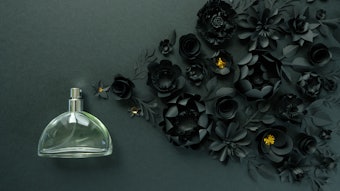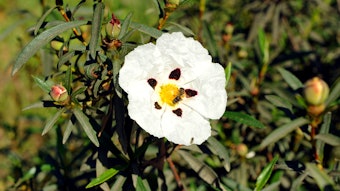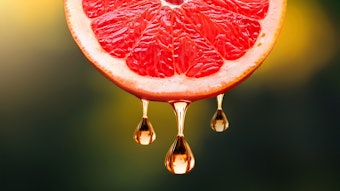This article will address soap fragrances, of which cedarwood and its derivative are a part. Cedarwood is a good fixative; it has a rounding effect on the odor of other perfume components and does not discolor in soap.
Soap perfumes of the past could be classified in the following categories:
Single flower types: This category includes carnation, chrysanthemum, lilac, muguet, gardenia, magnolia, rose, sweet pea, violet, and so forth.
Established soap fragrance types: This category includes almond, cucumber, lavender, lily-milk, palmolive, pine, reuter, sandalwood and Windsor, among others.
Fantasy bouquets: This category includes fougere, cashmere, chypre, cuir de Russie, foin coupe, peau d’Espagne, musk and tabac.
A number of these classifications still apply today. Among these are cashmere bouquet, cucumber, lavender, palmolive, musk, rose, sandalwood and violet. Several have been updated. An example is palmolive, which contains a sandalwood- like new aroma chemical: 3,3- dimethyl-5-(2,2,3-trimethyl-3-cyclopenten-1-yl)- 4-penten-2-ol (Polysantol, Firmenich). T-1 lists some perfume materials considered as modifiers of cedarwood. For the complete article, click on "Purchase this article."










